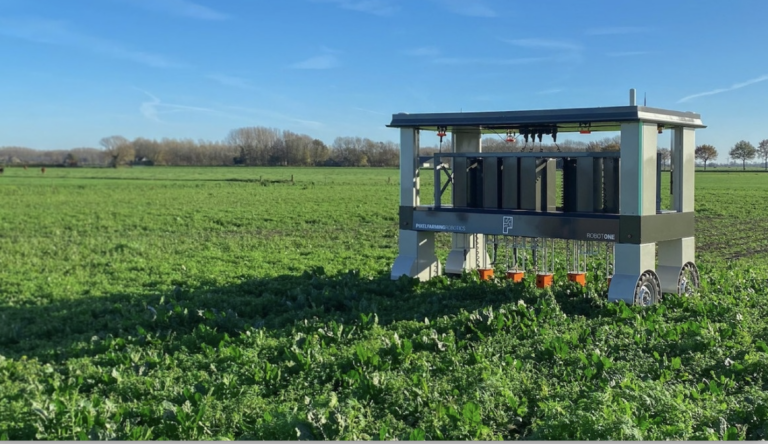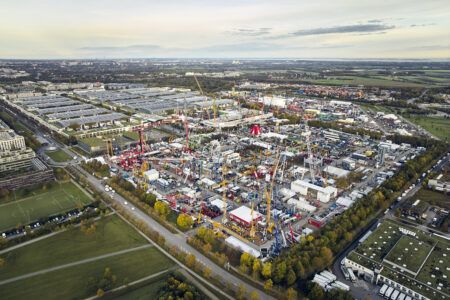Conventional agriculture is at a crossroads: on the one hand, consumers are becoming increasingly aware of sustainable farming methods, and on the other, the use of pesticides and fertilisers is having serious consequences for the soil. But how can farmers reconcile economic yields and ecological farming methods?
Autonomous agricultural robots are seen as a solution. Up-and-coming companies are developing systems that have the potential to change agriculture long term. One of the keys for the global success: a smart energy system, that is tailored for agricultural applications.
Excessive fertilisation and the use of pesticides are increasingly affecting farmland. Insects, small animals and microorganisms fall victim to the measures, which has serious effects on the fertility of the soil and the fertilization of the plants.
Companies like Pixelfarming Robotics aim to eliminate the need for pesticides and herbicides such as glyphosate. With Robot One, they have developed an all-electric agricultural robot for weed control without pesticides. Depending on the task, the autonomous smart robots can be equipped with various tools such as hooks, streamers or spikes as well as sophisticated sensors to remove weeds without the use of chemicals. A total of ten robot arms are available, replacing five pairs of hands. These are all multifunctional and individually adjustable in row width and working depth. There is also no need to compact the soil by using heavy tractors.
“Agricultural robots have the potential to radically change agriculture and herald the transformation towards ecological but at the same time high-yield cultivation,” says Arend Koekkoek, CEO and founder of Pixelfarming Robotics.
Many experts are convinced that autonomous robots will be plowing fields, sowing seeds and harvesting crops in the future. But operating in harsh and dirty outdoor environments places special demands on the energy supply so that the battery-powered vehicles can also reliably perform their tasks.
Energy solution providers such as the Freiburg-based tech company Wiferion are relying on the concept of inductive energy transmission. With its wireless charger etaLINK 3000, the company is already the market leader for contactless charging of mobile robots and AGVs. Because the charging solution is an encapsulated system with IP65 certification, it is so strong that it already meets all the requirements of automated agriculture.
“Our etaLINK system has no open or live contacts, connectors or cables. Therefore, moisture, dust and dirt cannot affect the reliable power supply in any way,” explains Johannes Mayer, managing director at Wiferion. In this way, Wiferion minimises the risk of downtime. The system works via plug-and-play and can currently charge at 3 kW. The charger can charge all common battery types – regardless of cell chemistry. However, Wiferion’s energy experts recommend the use of Li-Ion batteries to exploit the full potential of the energy supply. That is why Wiferion is working closely with battery manufacturer VARTA, which also believes in the future trend of sustainable management of agricultural land.
VARTA estimates that the global market for agricultural robotics will grow to around 24 billion US dollars by 2023. Demand for high-performance energy solutions for automated vehicles and robotic systems will be correspondingly high. According to VARTA, lithium-ion batteries for agricultural robotics applications offer several advantages over lead-acid solutions. The Application-Specific Batteries (ASB) Easy Block and Easy Blade developed by VARTA are lithium-ion packs for use in small and medium-sized vehicles. The batteries are modular and expandable and fit perfectly with wireless chargers to offer an automated and robust energy system for all kind of agricultural applications.





